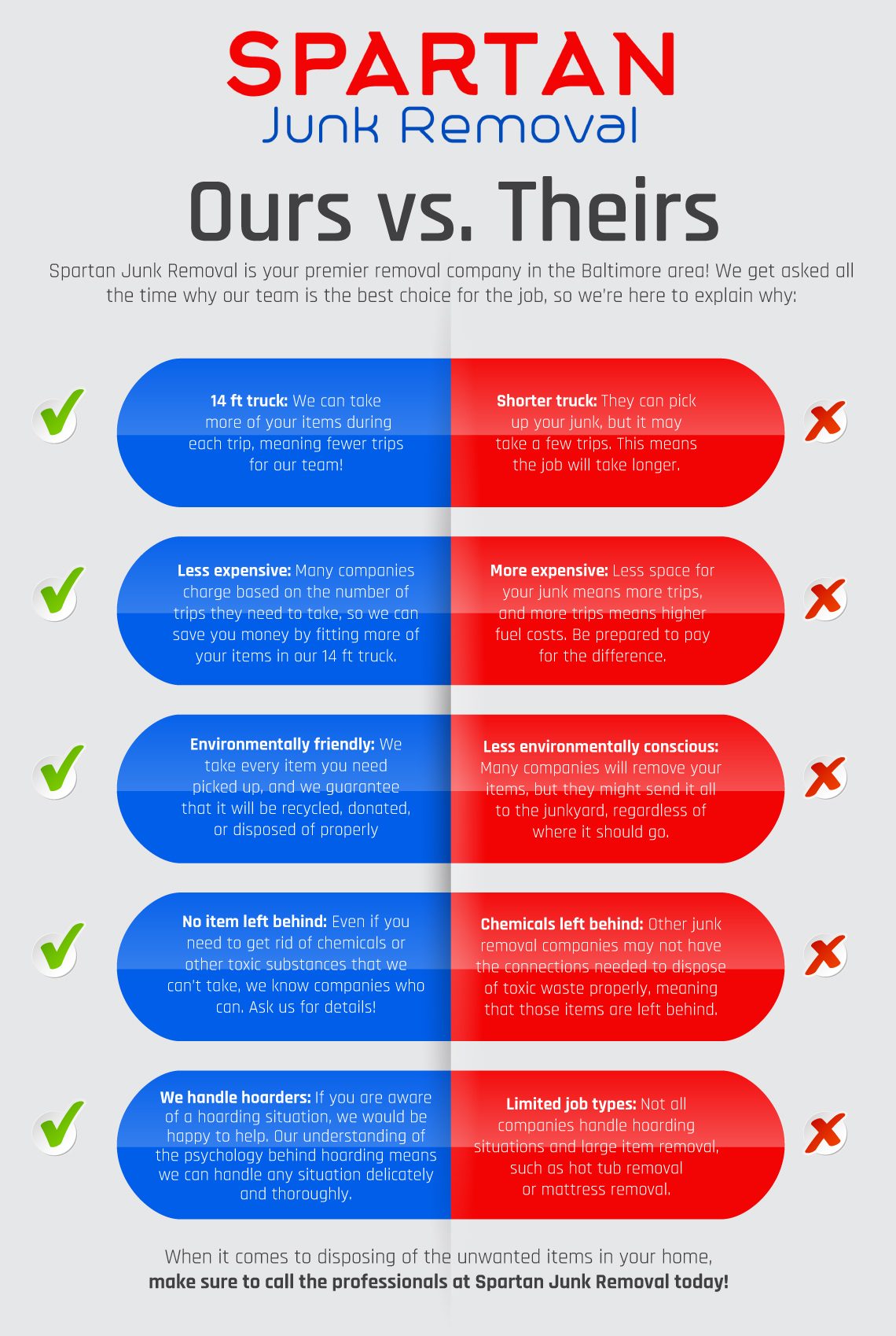Picking The Suitable Dumpster Dimension For Your Task: A Comprehensive Overview
Picking The Suitable Dumpster Dimension For Your Task: A Comprehensive Overview
Blog Article
Written By-Cabrera Hunter
When starting a project that calls for a dumpster, the dimension you choose can considerably impact its effectiveness and cost-effectiveness. Picture having the ideal container that fits all your waste without being excessively large or also little. Everything starts with recognizing the subtleties of your task and selecting a dumpster dimension that lines up with your details needs. So, before you make a decision, take into consideration the variables at play to make sure a seamless waste management procedure throughout.
Elements to Take into consideration
When choosing the right dumpster size, there are numerous key aspects to consider.
First, think of the sort of waste you'll be getting rid of. Different materials might require varying quantities of area, so comprehending what you'll be putting in the dumpster is crucial.
Next, assess the amount of waste you anticipate to create. If you take too lightly the quantity, you may require to make numerous journeys to take care of whatever, which can be inconvenient and pricey. On the other hand, leasing a dumpster that's too big can result in unneeded costs.
Additionally, take into consideration the area where the dumpster will be put. Ensure there's enough room for the dumpster to be provided and picked up without any blockages.
Finally, think of any kind of weight constraints that might use. Surpassing the weight limit can cause extra fees and even the rejection of service.
Dumpster Size Options
For choosing the right dumpster size, it's important to have a good understanding of the available alternatives. Dumpster dimensions typically vary from 10 to 40 cubic yards, with variants in between.
A 10-yard dumpster is suitable for tiny tasks like a garage cleanout or a tiny improvement. If you're taking on a medium-sized task such as a cooking area remodel or a basement cleanout, a 20-yard dumpster may be the right option.
For larger projects like a whole-house remodelling or commercial building, a 30 or 40-yard dumpster could be more suitable to fit the volume of waste created.
When deciding on a dumpster dimension, consider the quantity and type of particles you anticipate to deal with. It's far better to choose a slightly bigger dimension if you're uncertain to avoid overfilling. Keep in mind, it's more cost-effective to lease a dumpster that fits your demands rather than needing to get an added one.
Matching Dimension to Task
Efficiently matching the dumpster dimension to your job is critical for effective waste monitoring. To figure out the best size, think about the range and nature of your task.
For small household cleanouts or improvements, a 10-yard dumpster may be adequate. check over herea are normally 12 feet long and can hold about 4 pickup truck tons of waste.
For larger projects like remodeling numerous areas or cleaning out a huge estate, a 20-yard dumpster might be more suitable. These are around 22 feet long and can hold approximately 8 pickup truck tons.
If you're dealing with a major building task or commercial remodelling, a 30-yard dumpster could be the very best fit. https://rentaldumpsters99876.blog-kids.com/31577208/liberate-yourself-from-mess-and-disorder-with-a-scrap-elimination-service-uncover-the-transformative-power-of-decluttering-today are about 22 feet long and can suit about 12 pickup lots of debris.
Matching the dumpster size to your project ensures you have adequate room for all waste products without overpaying for unused ability.
Final thought
In conclusion, picking the appropriate dumpster size for your job is essential for efficient garbage disposal. By taking into consideration aspects like the type and quantity of waste, space accessibility, weight constraints, and budget plan restrictions, you can guarantee you have the proper size dumpster for your demands. Ensure to match the dimension of the dumpster to the scope and nature of your job to stay clear of overspending on unnecessary expenditures.
